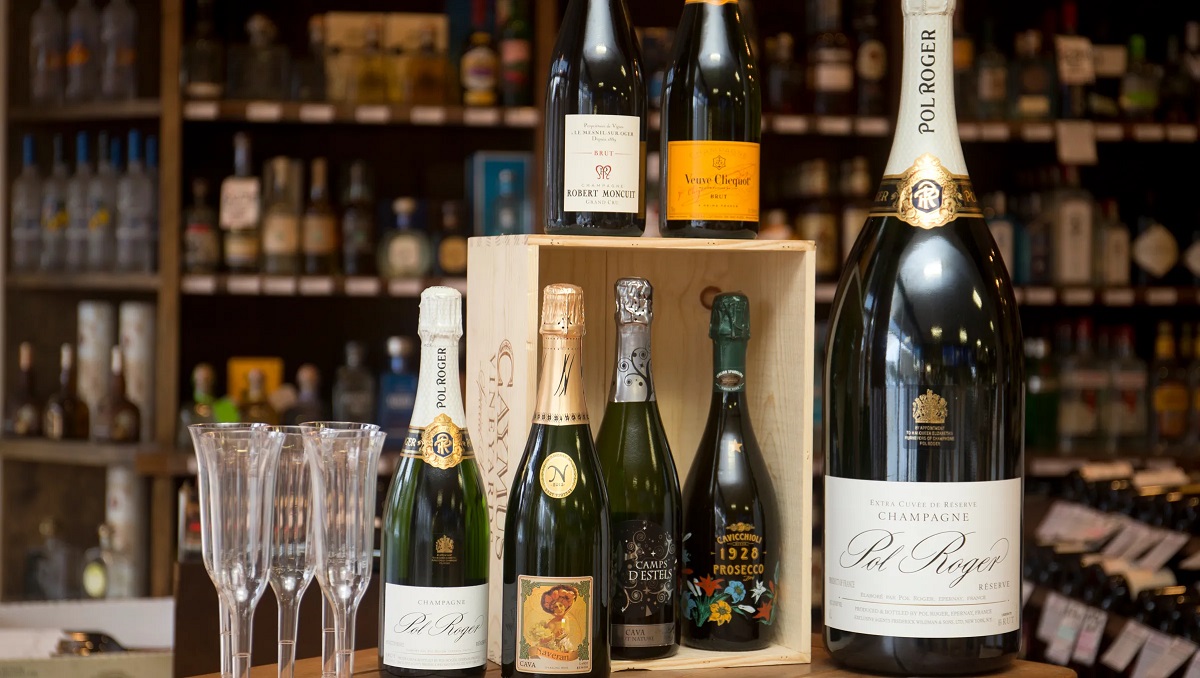

Articles
How To Store Champagne
Modified: January 6, 2024
Discover the best ways to store champagne with our informative articles, ensuring your bottles stay fresh and delicious for any celebration.
(Many of the links in this article redirect to a specific reviewed product. Your purchase of these products through affiliate links helps to generate commission for Storables.com, at no extra cost. Learn more)
Introduction
Welcome to the world of champagne, the luxurious sparkling wine that is celebrated for special occasions and indulgent moments. Whether you’ve recently acquired a bottle of champagne or are a seasoned collector, one important aspect to consider is how to properly store this delightful beverage. The way you store your champagne can significantly impact its taste, aroma, and overall quality.
In this article, we will explore the importance of proper champagne storage and provide valuable tips and best practices to ensure that your champagne remains in optimum condition, ready to be enjoyed whenever you desire.
Champagne is a delicate and complex beverage that requires specific conditions to preserve its unique characteristics. Proper storage is crucial to maintaining the freshness, carbonation, and flavor profiles that make champagne so exceptional. By understanding the key factors that influence champagne storage, you can extend its lifespan, enhance its quality, and savor the true essence of this renowned drink.
With that in mind, let’s dive into the intricacies of champagne storage and discover how to create the perfect environment for your cherished bottles.
Key Takeaways:
- Preserve the essence of champagne by storing it in a cool, dark place with stable temperature and humidity. Protect against light exposure and maintain seal integrity for optimal aging and enjoyment.
- Whether enjoying non-vintage freshness or aging vintage champagnes, proper storage is key. Keep bottles still, store horizontally for cork-sealed, and invest in wine storage for long-term preservation. Cheers to savoring every sip!
Read more: How To Store Leftover Champagne
Why Proper Champagne Storage Is Important
Proper storage is essential for champagne because it plays a vital role in preserving its taste, effervescence, and overall quality. Unlike still wines, champagne undergoes a secondary fermentation process in the bottle, which creates the characteristic bubbles that make it so enjoyable. However, this also means that champagne is more sensitive to environmental factors that can compromise its integrity.
The most significant threat to champagne is heat. Exposure to high temperatures can cause the wine to age prematurely, resulting in a loss of freshness and vibrant flavors. Heat can also cause the bottles to expand, potentially leading to leakage or even the complete expulsion of the cork.
Another critical factor is light. Ultraviolet (UV) rays from sunlight or artificial lighting can break down the wine’s organic compounds, resulting in unpleasant aromas and flavors. Long-term exposure to light can also cause the champagne’s color to fade, diminishing its visual appeal.
In addition to heat and light, improper humidity levels can impact champagne storage. Excessive humidity can damage the labels and promote the growth of mold, while low humidity can cause corks to dry out, leading to oxidation and spoilage.
Furthermore, the position in which champagne is stored can impact the aging process. The contact between the wine and the cork plays a crucial role in maintaining the seal’s integrity. If the bottle is not stored properly, the cork may dry out or become moldy, compromising the champagne’s quality.
By understanding the importance of proper champagne storage, you can ensure that each bottle delivers the intended experience. Creating an optimal environment for your champagne will preserve its delightful bubbles, aromatic bouquet, and exquisite taste, allowing you to savor every moment of celebration or simply elevate an ordinary day.
Choosing the Right Storage Location
When it comes to storing champagne, selecting the right location is crucial. The ideal storage location should provide consistent temperature, humidity levels, and protection from light exposure. Here are some key considerations when choosing a storage location for your champagne:
- Temperature: Champagne should be stored at a constant temperature between 45°F and 55°F (7°C and 13°C). Fluctuations in temperature can cause the wine to expand and contract, which can lead to pressure changes and potential damage to the bottle. Avoid storing champagne in areas prone to significant temperature variations, such as kitchens or near windows.
- Humidity: Aim for a humidity level of around 70% to keep the cork moist and prevent it from drying out. Higher humidity levels can promote the growth of mold, while excessively low humidity can cause the cork to dry out and allow air to enter the bottle, resulting in oxidation. Choose a storage location with moderate humidity levels and avoid areas that are overly damp or dry.
- Light: Champagne is light-sensitive, so it’s crucial to store it away from direct sunlight, fluorescent lighting, or any other source of UV rays. Excessive exposure to light can degrade the wine and compromise its flavors and overall quality. Opt for a dark storage area or consider using UV-filtered glass cabinets or wine coolers with solid doors.
- Vibration: Vibrations can disturb the sediment in champagne bottles, affecting its clarity and taste. Avoid storing champagne near appliances or areas prone to frequent movement. Choose a stable location, away from any sources of vibrations, to preserve the wine’s integrity.
- Security: Champagne is often associated with celebrations and special occasions, making it an attractive target for theft. Consider storing your bottles in a secure location, such as a locked cabinet or a dedicated wine cellar, to ensure their safety.
By considering these factors when selecting a storage location, you can create an environment that promotes optimal conditions for your champagne. Remember, the goal is to provide a stable, cool, and dark space that will protect your bottles and allow them to age gracefully, ready to be enjoyed whenever the occasion arises.
Temperature and Humidity Requirements
Temperature and humidity are two critical factors that significantly influence champagne storage. Maintaining the ideal conditions for your bottles will ensure that the wine ages gracefully and retains its freshness and flavor. Here are the temperature and humidity requirements to keep in mind:
- Temperature: Champagne should be stored at a consistent temperature between 45°F and 55°F (7°C and 13°C). This temperature range allows the wine to age slowly and develop complex flavors. Avoid storing champagne in areas that are subject to extreme temperature fluctuations, such as near heating or cooling vents, as this can negatively impact the quality of the wine. Opt for a cool and stable environment to preserve the integrity of your champagne bottles.
- Humidity: Maintaining the right humidity level is crucial to preserving the quality of your champagne. The ideal humidity range for storing champagne is around 70%. This level helps to keep the corks moist and prevents them from drying out or becoming moldy. A moist cork ensures a tight seal, preventing unwanted oxygen from entering the bottle and causing oxidation. However, it’s important to avoid excessive humidity, as it can lead to label damage or mold growth. Using a hygrometer, which measures humidity, can help you monitor and maintain the optimal humidity level for your storage space.
It’s worth noting that champagne can withstand slight variations in temperature and humidity. However, consistency is key to ensuring the wine’s longevity and preserving its quality. Fluctuations in temperature and humidity levels can impact the pressure inside the bottle, potentially leading to leaks or a loss of carbonation.
To create the ideal environment for storing champagne, consider investing in a wine cooler or cellar. These specialized storage solutions allow you to maintain a constant temperature and humidity, providing the optimal conditions for your bottles. If you don’t have access to a wine-specific storage unit, you can still store your champagne in a cool, dark corner of your home, away from heat sources and direct sunlight.
By paying attention to the temperature and humidity requirements, you can ensure that your champagne ages gracefully and maintains its exquisite characteristics. Take the necessary steps to provide a stable and suitable environment, and your bottles will be ready to uncork and enjoy whenever the moment calls for a celebration or a special indulgence.
Avoiding Light Exposure
Light exposure is a significant threat to the quality and longevity of champagne. Ultraviolet (UV) rays from sunlight and artificial lighting can cause chemical reactions in the wine, leading to undesirable changes in taste, aroma, and appearance. To preserve your champagne and protect it from light damage, consider the following guidelines:
- Store in a dark location: Choose a storage area that is shielded from direct sunlight and ambient light. Sunlight can be particularly harmful to champagne as it contains UV rays that can degrade the wine’s organic compounds. Consider storing your bottles in a cool, dark room, away from windows or areas with significant artificial lighting.
- Use UV-filtered glass or wine storage cabinets: If your storage area has windows or exposure to natural light, consider using UV-filtered glass or curtains to block the harmful rays. Alternatively, wine storage cabinets with solid doors can provide an extra layer of protection against light exposure.
- Avoid fluorescent lighting: Fluorescent lights emit UV rays that can damage champagne over time. If you have fluorescent lighting in your storage area, consider switching to LED lights or low-intensity incandescent bulbs that emit minimal UV radiation.
- Limit bottle movement: Constant movement or agitation of the champagne bottles can stir up the sediment inside, resulting in undesirable flavors. Avoid excessive handling or jostling of the bottles, as this can also increase the risk of light exposure.
- Keep bottles covered: If your storage area is not completely dark, consider using wine bottle sleeves or wrapping the bottles in dark-colored cloth to shield them from light. This extra layer of protection can help prevent light from reaching the wine and causing damage.
By protecting your champagne from light exposure, you can maintain the wine’s freshness, aromas, and flavors. Remember that champagne bottles are typically made of colored glass, which provides some natural UV protection. However, it’s still essential to minimize prolonged exposure to light, especially direct sunlight and strong artificial lighting, to ensure the best possible storage conditions.
By following these precautions and storing your champagne in a dark and controlled environment, you can safeguard its integrity and enjoy the true essence of this exquisite sparkling wine when it’s finally time to pop the cork.
Store champagne in a cool, dark place away from sunlight and temperature fluctuations. Keep the bottle on its side to keep the cork moist and prevent it from drying out. Avoid storing it in the fridge for long periods as the vibration can affect the flavor.
Read more: How To Store Champagne Properly
Horizontal or Vertical Storage?
One common question when it comes to champagne storage is whether to store bottles horizontally or vertically. Both orientations have their advantages and considerations, and the choice depends on the type of closure used in the bottle and the duration of storage:
1. Horizontal Storage:
Horizontal storage, with the bottle lying on its side, is the traditional method for long-term champagne storage. This position keeps the cork in contact with the wine, ensuring that it remains moist and airtight. The moisture prevents the cork from drying out, which can lead to air leakage into the bottle and spoilage. Horizontal storage is especially important for champagne bottles sealed with cork closures, as they require constant contact with the wine to maintain their integrity.
Additionally, horizontal storage helps prevent the formation of air pockets between the cork and the wine, reducing the risk of oxidation. This position also allows the sediment to settle at the bottom of the bottle, limiting its disturbance when the champagne is eventually opened.
2. Vertical Storage:
Vertical storage, where the bottles stand upright, is a more suitable option for short-term storage or if you have champagne bottles with alternative closures such as crown caps or screw caps. These closures create a tight seal and do not require constant contact with the wine. Storing these bottles vertically can save space and prevent potential label damage if you have limited storage capacity.
However, there are a few considerations to keep in mind when storing champagne upright. Firstly, the lack of contact between the cork and the wine increases the risk of the cork drying out over extended periods. Secondly, vertical storage can lead to the accumulation of sediment at the bottom of the bottle, potentially affecting the clarity of the champagne when it is poured.
Choosing the Right Storage Method:
When deciding between horizontal and vertical storage, consider the type of closure and the intended duration of storage. If you plan to store champagne for an extended period and it has a cork closure, horizontal storage is recommended to ensure the cork remains moist and airtight. On the other hand, if you have champagne bottles with alternative closures or intend to consume them relatively soon, vertical storage can be a practical solution.
Furthermore, it’s important to maintain a stable and suitable storage environment regardless of the storage position. Keep the temperature, humidity, and light exposure factors in mind to ensure the best conditions for your champagne, irrespective of how you choose to store it.
By understanding the pros and cons of both horizontal and vertical storage methods, you can make an informed decision based on the specific circumstances and length of storage for your champagne bottles.
The Role of Corks and Seal Integrity
Corks play a critical role in champagne storage by providing a tight seal that preserves the wine’s carbonation, flavors, and aromas. The integrity of the seal is crucial in maintaining the quality of the champagne over time. Here are some key points to consider regarding corks and seal integrity:
1. Moisture and Corks:
Corks are typically made from natural materials, such as cork oak bark, and they require a certain level of moisture to remain flexible and airtight. When stored horizontally, the champagne keeps the cork moist by coming into constant contact with the wine. This moisture prevents the cork from drying out, shrinking, or cracking, which can lead to leaks or oxidation. Maintaining the appropriate humidity level in your storage environment helps ensure the corks retain their moisture content.
2. Cork Quality:
The quality of the cork used in champagne bottles is crucial for maintaining seal integrity. Inferior quality corks may be more prone to leakage, allowing air to enter the bottle and compromising the wine’s quality. High-quality corks, on the other hand, provide a secure and reliable seal that helps to preserve the champagne’s freshness and carbonation for an extended period.
3. Aging Potential:
The integrity of the cork and the tightly sealed bottle play a significant role in the aging potential of champagne. By creating a barrier between the wine and the outside environment, the cork allows the champagne to develop complex flavors and aromas over time. A flawed or compromised seal can accelerate the aging process, leading to premature oxidation and a loss of freshness. Proper storage conditions, including consistent temperature and humidity, help maintain the corks’ integrity and protect the aging potential of the wine.
4. Checking Seal Integrity:
It is essential to periodically check the seal integrity of your champagne bottles, especially if you plan to store them for an extended period. Visually inspect the corks for any signs of damage, such as mold growth, cracking, or leakage. A damaged or deformed cork may indicate issues with the seal, and the wine inside could be compromised. If you suspect a faulty seal, it’s best to consume the champagne sooner rather than later to avoid any potential disappointment.
5. Recap and Recork:
If you decide to open a bottle of champagne but don’t finish it, it’s essential to seal it properly to maintain its quality. Use a champagne stopper or a wine vacuum pump to remove excess air and reseal the bottle. If you have a specialized champagne recorking tool, you can even reseal the bottle with a new cork to ensure the best preservation of the wine.
By understanding the crucial role of corks and seal integrity, you can take the necessary steps to store and handle your champagne bottles properly. By maintaining a consistently humid environment, using high-quality corks, and periodically checking the seal integrity, you can ensure that your champagne remains in pristine condition, ready to be enjoyed when the time is right.
Champagne Storage Timeframes
Champagne is a versatile beverage that can be enjoyed immediately upon purchase or aged for a more refined and complex experience. The optimal storage timeframe for champagne depends on various factors, including the producer’s recommendations, the type of champagne, and personal preference. Here are some guidelines to help you understand champagne storage timeframes:
Non-Vintage Champagne:
Non-vintage champagne, which is produced from a blend of multiple years, is typically designed to be enjoyed within a few years of its release. The freshness and vibrant characteristics of non-vintage champagne are meant to be enjoyed in their youth. While non-vintage champagne can still be stored for a few years, it’s best to consume it within three to five years of the bottle’s release to fully appreciate its intended flavor profile.
Vintage Champagne:
Vintage champagne is made from grapes harvested in a specific year, generally considered exceptional. These champagnes often undergo longer aging periods in the cellars before release to the market. Vintage champagnes have greater aging potential and can develop more depth, complexity, and nuances over time. Optimal storage timeframes for vintage champagnes can vary, but a general guideline is to store them for at least five to ten years. However, certain vintages may continue to improve and evolve over several decades.
Prestige Cuvées and Luxury Champagnes:
Prestige cuvées and luxury champagnes, such as Dom Pérignon or Cristal, are crafted from exceptional grapes and represent the pinnacle of champagne quality. These sought-after bottles often benefit from extended aging to showcase their full potential. The storage timeframe for prestige cuvées varies depending on the individual producer’s recommendations, with most suggesting a minimum of five to ten years. However, these champagnes can continue to develop and improve for several decades, making them ideal candidates for long-term aging and investment.
Personal Preference and Experimentation:
It’s important to remember that personal preference plays a significant role in champagne storage timeframes. Some individuals may prefer the youthful, fresh character of champagne, while others enjoy the complexity and tertiary flavors that develop over time. Experimentation is key in discovering your own taste preferences, so feel free to store and age champagne bottles for longer periods if you enjoy the flavors that develop with age.
Proper Storage Conditions:
Regardless of the storage timeframe, maintaining the proper storage conditions is essential to preserving the quality of champagne. Store bottles in a cool, dark place with a stable temperature between 45°F and 55°F (7°C and 13°C). Maintain humidity levels around 70% to keep the corks moist and prevent oxidation. Avoid excessive light exposure and minimize bottle movement to ensure optimal aging.
Remember, champagne is a versatile wine that can be enjoyed at various stages of its aging process. By understanding the storage timeframes and maintaining the right conditions, you can choose to savor the youthful freshness of non-vintage champagne or indulge in the complexity of vintage champagne that has matured over time.
Tips and Best Practices for Champagne Storage
Proper storage is essential for preserving the quality and integrity of your champagne. By following these tips and best practices, you can ensure that your bottles remain in optimal condition and ready to be enjoyed:
- Store in a cool and stable environment: Champagne should be stored in a cool place with a consistent temperature between 45°F and 55°F (7°C and 13°C). Avoid storing champagne in areas that experience extreme temperature fluctuations, such as near heating or cooling vents.
- Maintain the right humidity level: Aim for a humidity level of around 70% to keep the corks moist and prevent them from drying out. Use a hygrometer to monitor and maintain the humidity in your storage area.
- Avoid light exposure: Champagne is highly sensitive to light, so store your bottles in a dark location or use UV-filtered glass cabinets or curtains to protect them from direct sunlight or artificial lighting. Ideally, champagne should be stored in a room with minimal exposure to light.
- Keep bottles still and undisturbed: Avoid excessive movement or agitation of champagne bottles, as this can disturb any sediment and affect the wine’s clarity. Choose a storage location that minimizes vibrations, such as a dedicated wine cellar or a stable corner of your home.
- Store horizontally for cork-sealed bottles: If your champagne bottles have cork closures, store them horizontally to keep the corks moist and prevent them from drying out. This position also helps maintain a consistent seal and prevents air leakage into the bottles.
- Organize and track your collection: If you have a collection of champagne bottles, create an organized system to track their purchase dates, storage locations, and recommended aging periods. This will help you keep track of rotating your stock and ensure that you consume the bottles at their optimal times.
- Protect against temperature fluctuations: Protect your champagne from rapid temperature changes that can affect its quality. Avoid storing bottles in the refrigerator door, as the temperature can fluctuate each time you open and close it. Instead, utilize a wine cooler or cellar with temperature control.
- Consider investing in a wine storage unit: If you are a serious champagne collector or have a large collection, investing in a wine storage unit with temperature and humidity control can provide the best conditions for long-term storage. These storage units are designed specifically to maintain the ideal environment for aging wine.
- Label and bottle condition: Ensure that the labels and bottles are in good condition before storing the champagne. Damaged labels can make it difficult to identify the bottles, while damaged bottles may affect the seal and compromise the quality of the wine.
- Rotate and enjoy your collection: Champagne is meant to be enjoyed, so don’t forget to rotate your collection and consume the bottles within their recommended aging timeframes. Share the joy of opening a bottle of well-aged champagne with loved ones and celebrate special occasions.
By following these tips and best practices, you can ensure that your champagne collection remains in excellent condition. Proper storage will preserve the quality, flavors, and effervescence of the wine, allowing you to savor every sip and create memorable moments of celebration and enjoyment.
Read more: How To Store Champagne In Fridge
Conclusion
Proper champagne storage is crucial for preserving the quality, flavors, and effervescence of this exquisite sparkling wine. By paying attention to key factors such as temperature, humidity, light exposure, and seal integrity, you can create the ideal environment for your cherished bottles.
Whether you’re storing non-vintage champagne for immediate enjoyment or aging vintage or prestige cuvées for a more refined experience, maintaining stable and optimal storage conditions is essential. Store your champagne in a cool, dark place with a consistent temperature between 45°F and 55°F (7°C and 13°C), and aim for a humidity level around 70%. Keep the bottles still and undisturbed to prevent agitation and sediment disturbance.
Avoid light exposure by storing your bottles in a dark location or utilizing UV-filtered glass cabinets. For cork-sealed bottles, store them horizontally to keep the corks moist and maintain a proper seal. Consider investing in a wine storage unit or cooler to ensure precise temperature and humidity control, especially if you have a larger collection.
Remember to periodically check the seal integrity of your bottles and consume them within their recommended aging timeframes for the best flavor and enjoyment. And don’t forget to rotate your collection and share the joy of opening a well-aged champagne with loved ones on special occasions.
By following these tips and best practices, you can ensure that your champagne remains in optimum condition, allowing you to savor the true essence of this luxurious sparkling wine. So, whether you’re celebrating a milestone or simply indulging in a moment of luxury, uncork a bottle of well-preserved champagne and let the bubbles and flavors transport you to a world of celebration and delight.
Frequently Asked Questions about How To Store Champagne
Was this page helpful?
At Storables.com, we guarantee accurate and reliable information. Our content, validated by Expert Board Contributors, is crafted following stringent Editorial Policies. We're committed to providing you with well-researched, expert-backed insights for all your informational needs.
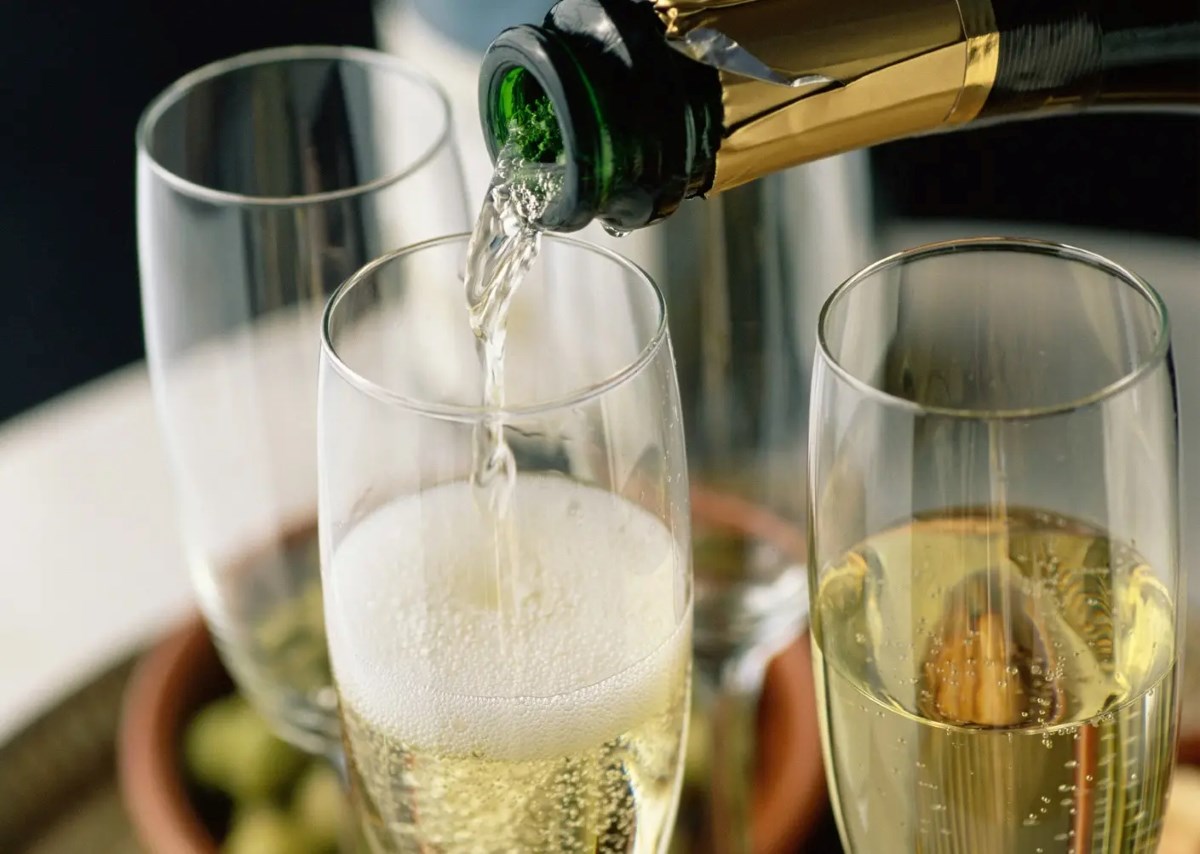
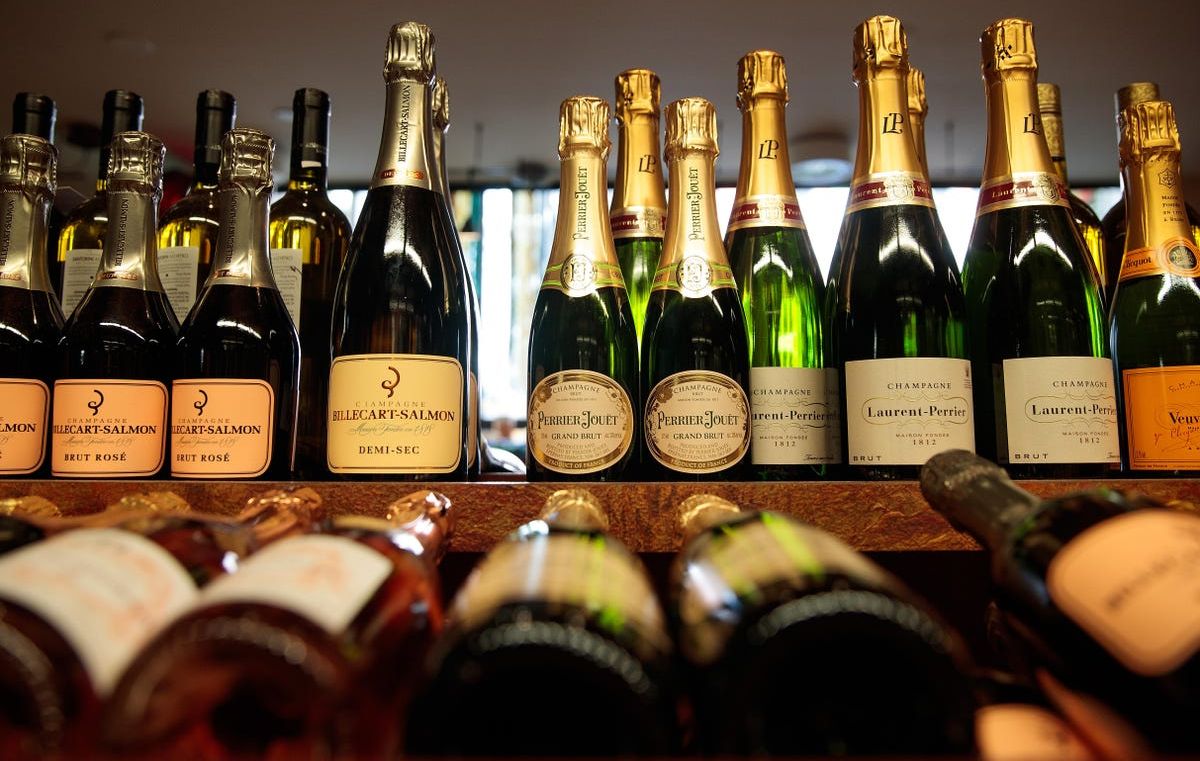
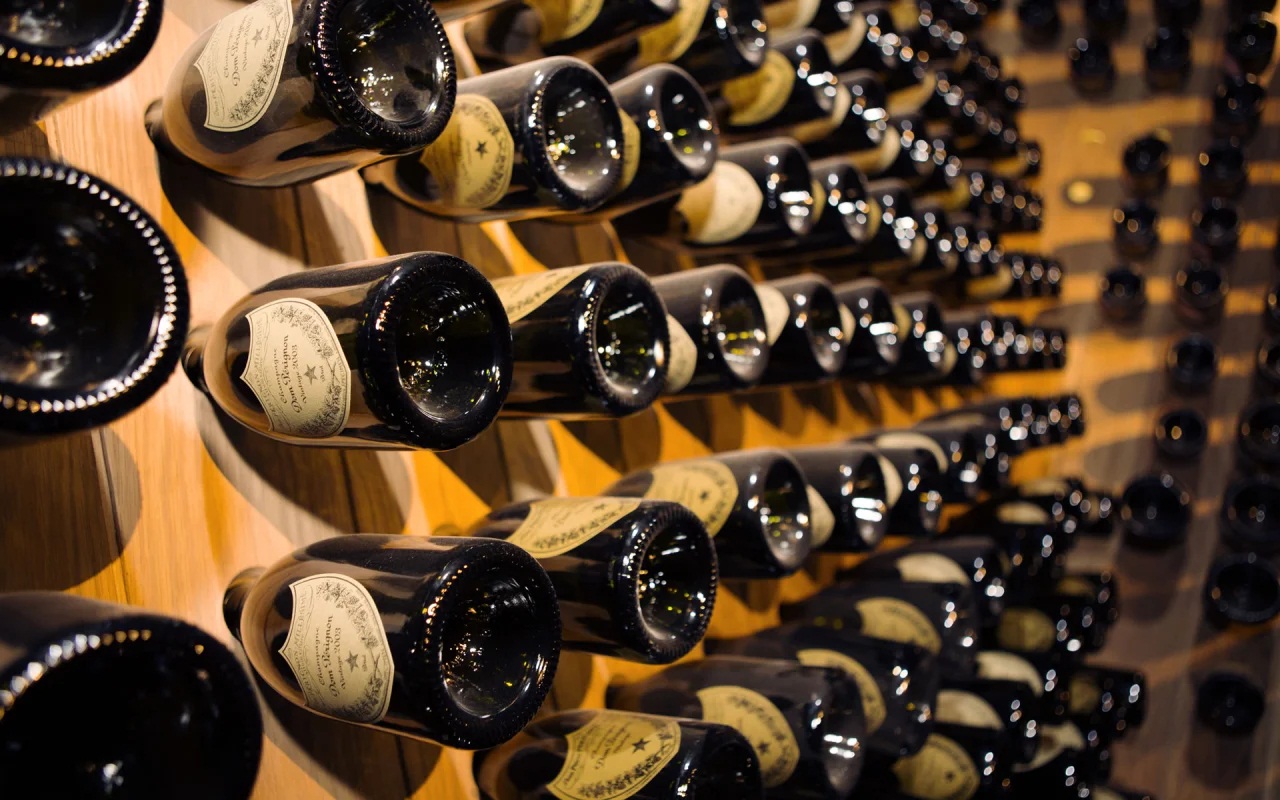
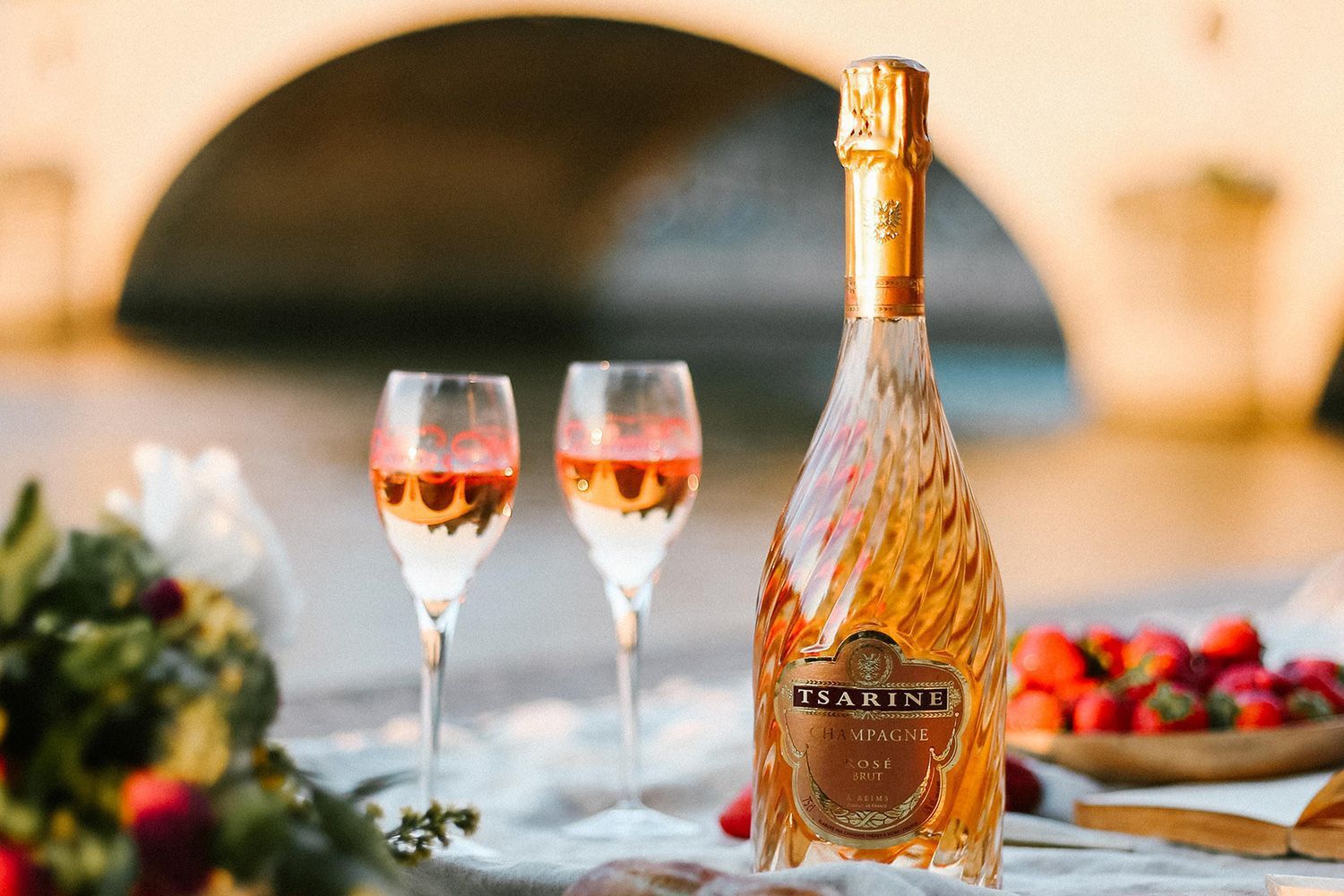
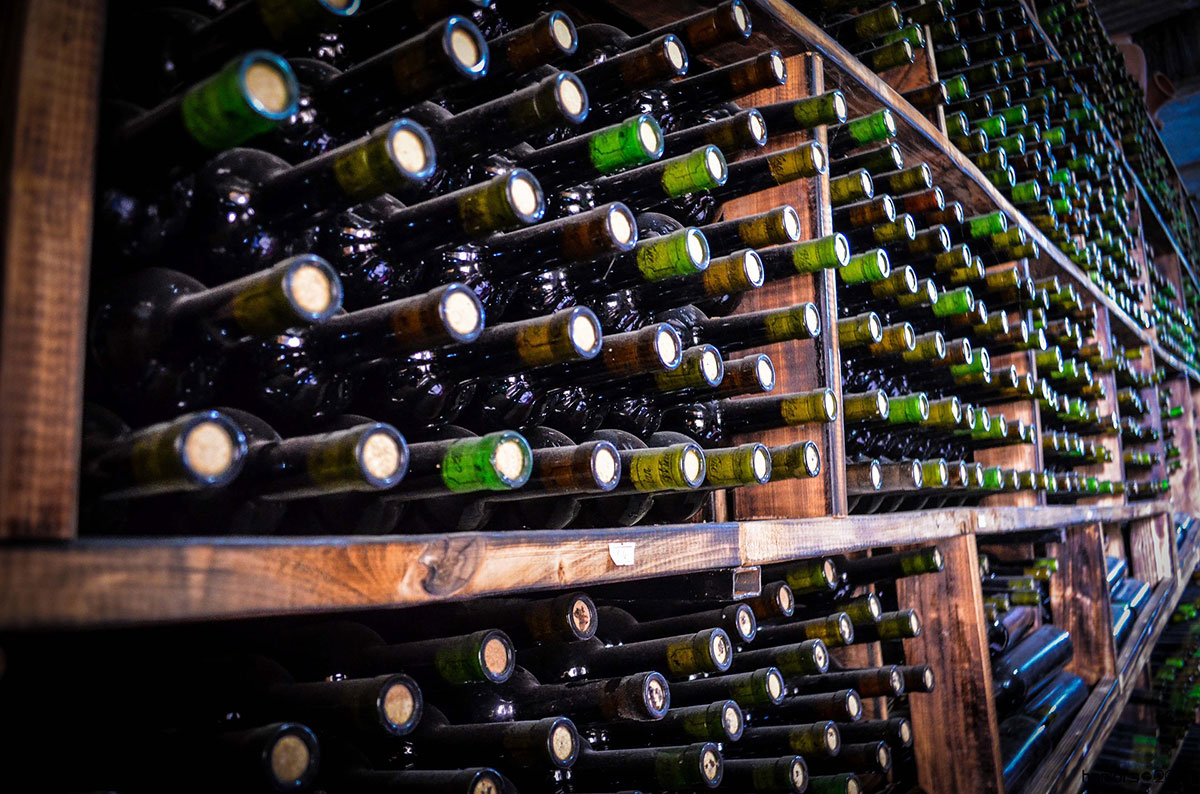
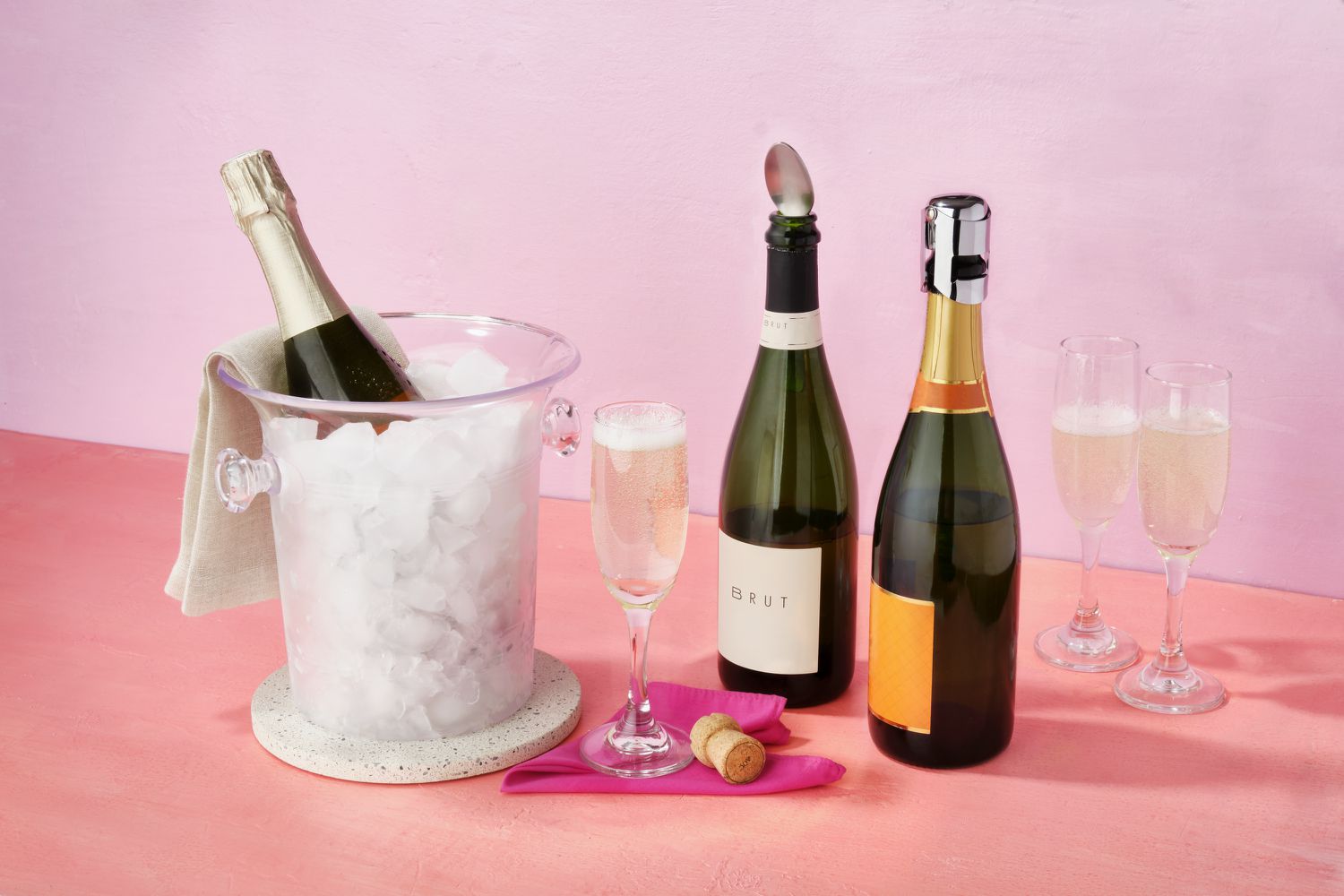
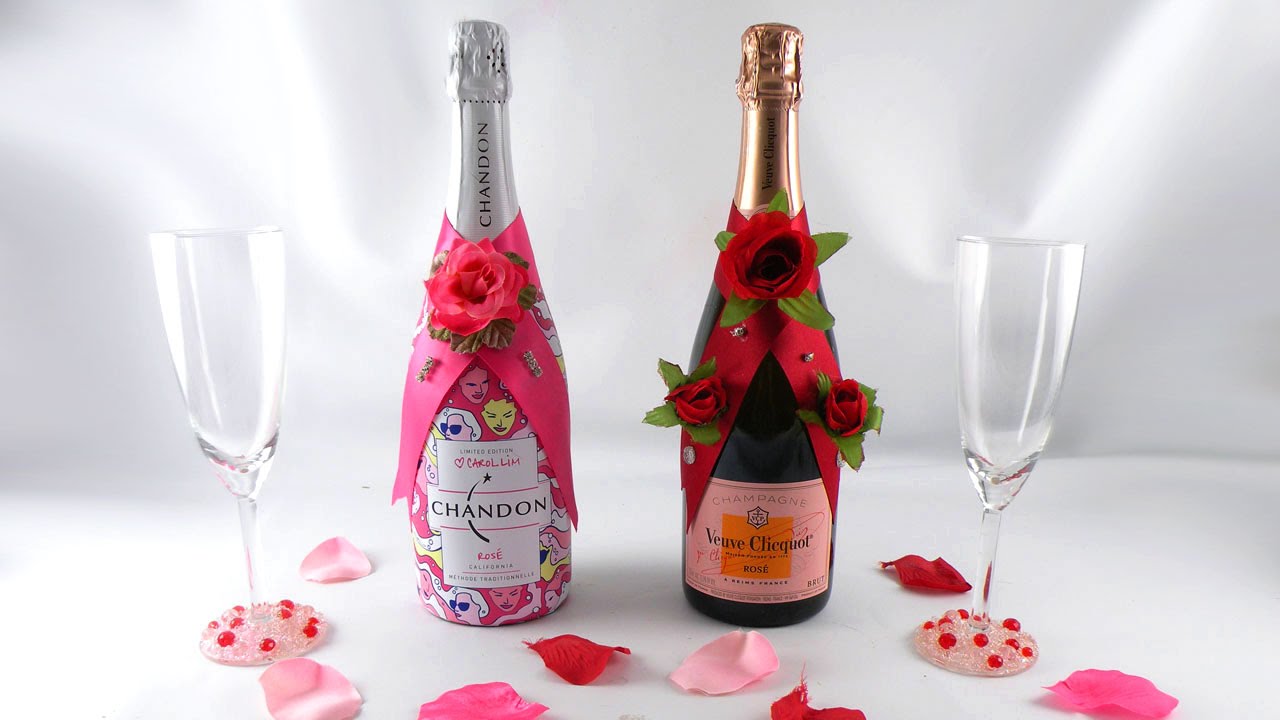
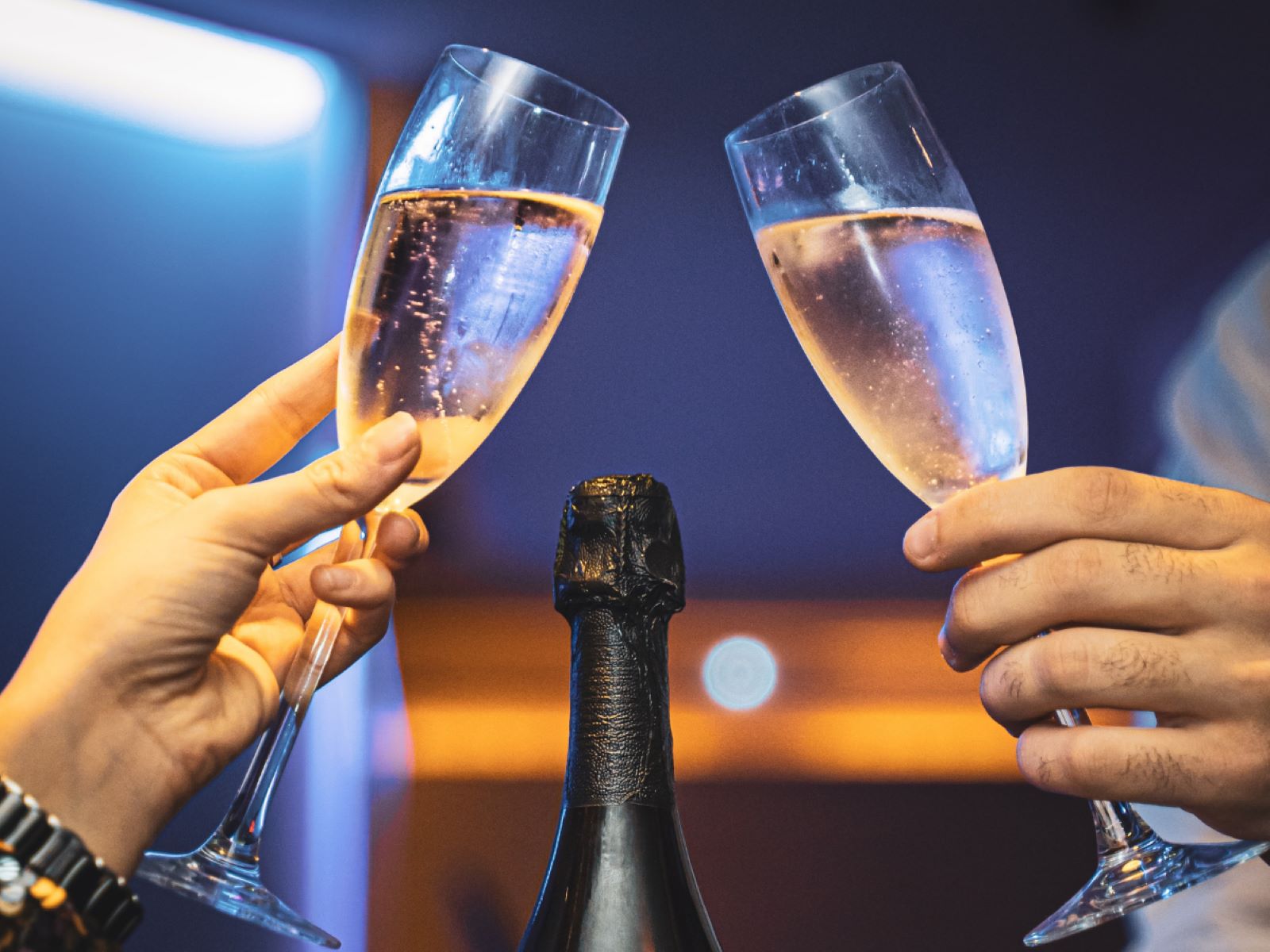
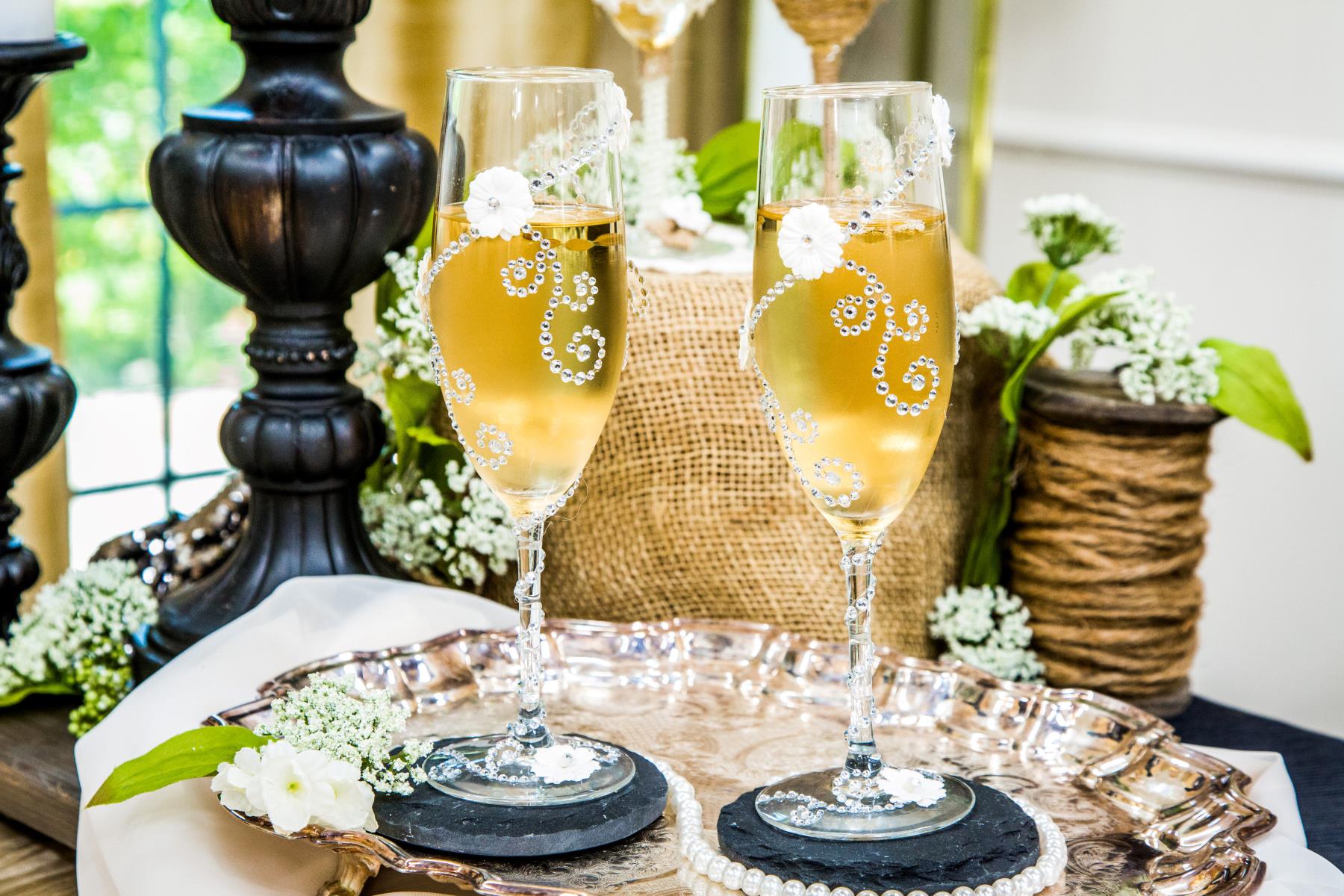
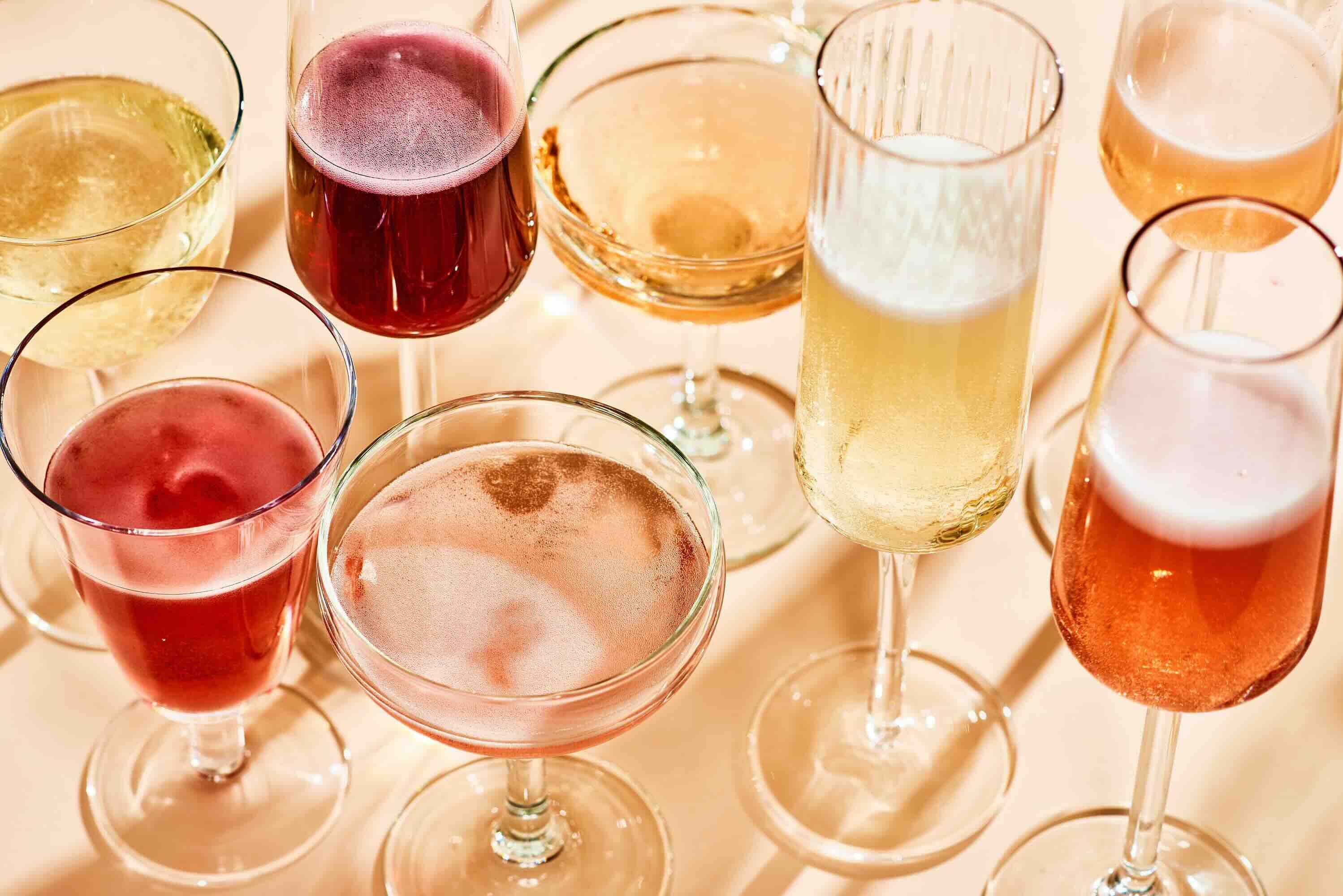
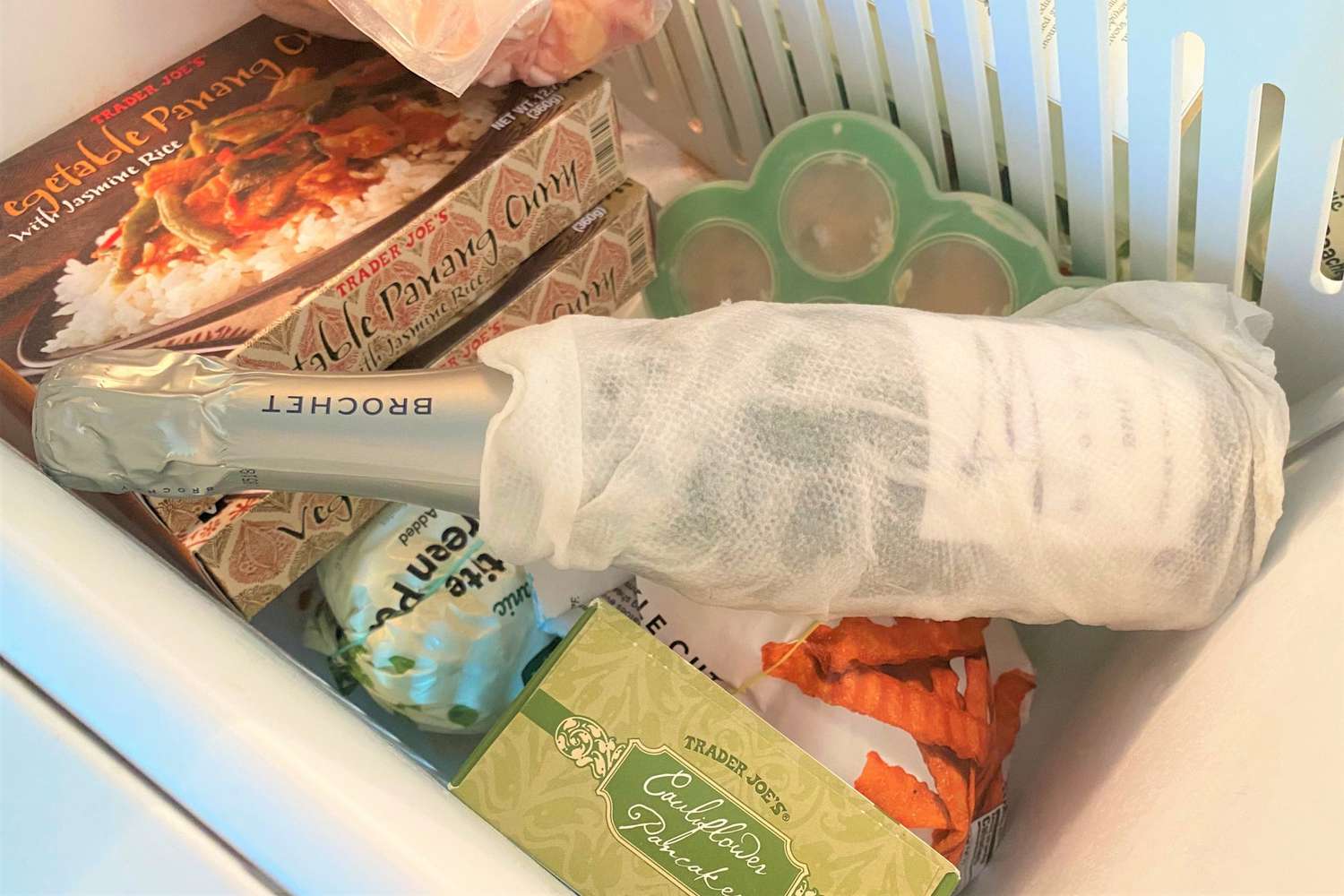
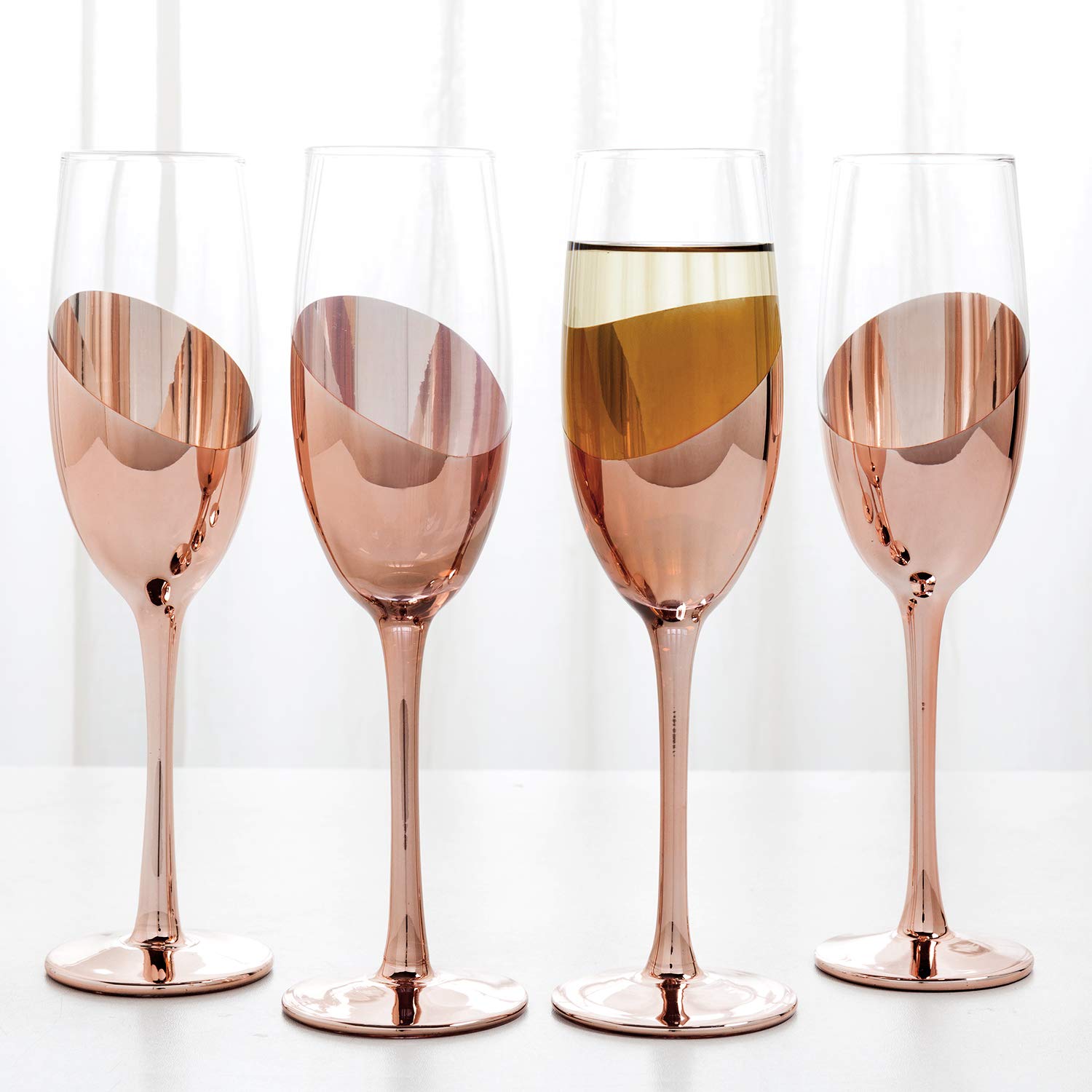
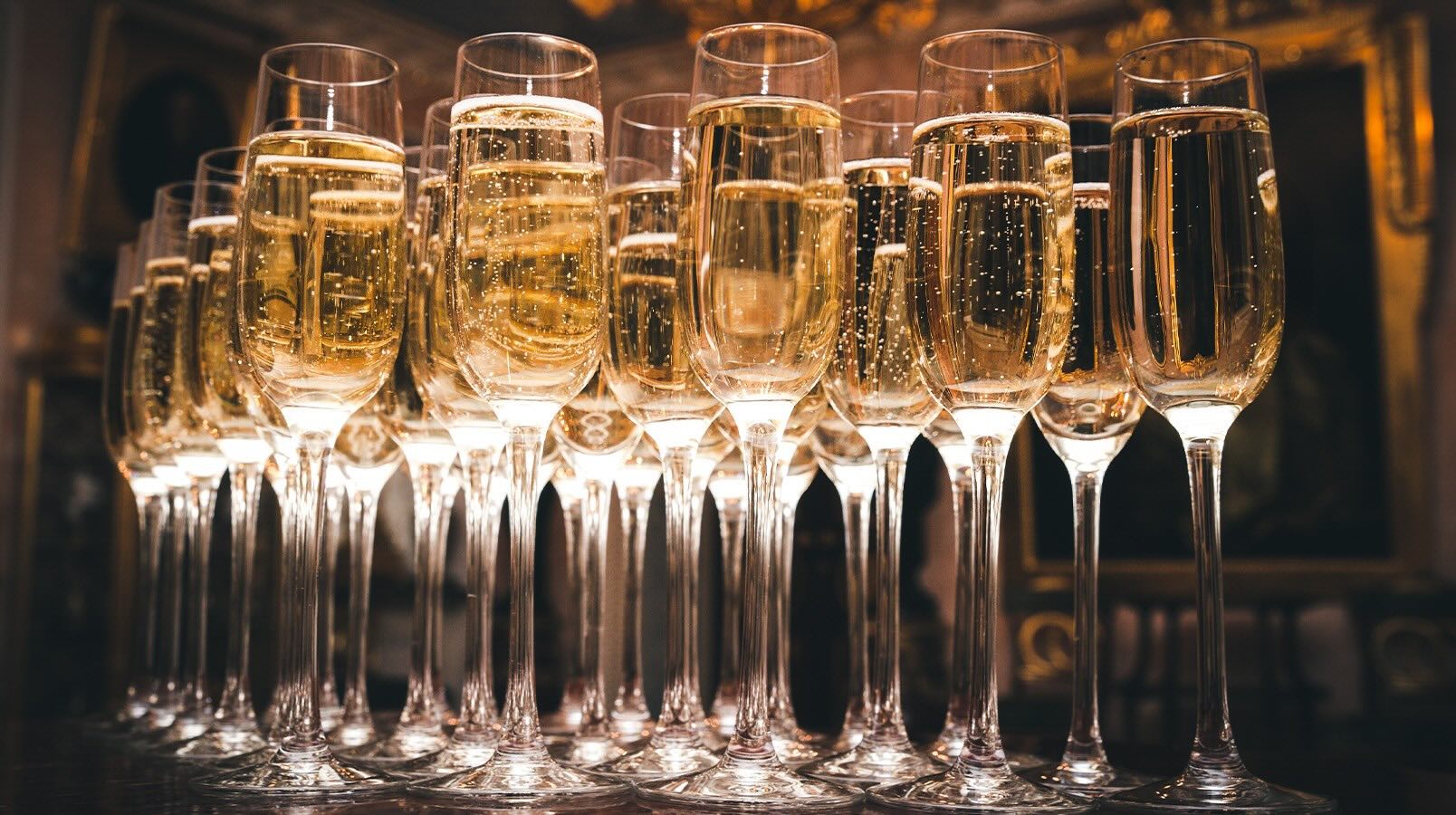

0 thoughts on “How To Store Champagne”